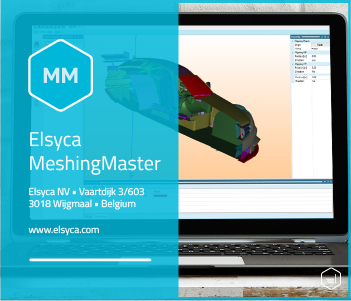
Acoustics
Meet passengers comfort expectations
Meeting new expectations
The evolution in the automotive industry redefines passengers' interior acoustic comfort expectations. The change in powertrain technology and the growth of electric engines redesign every vehicle's acoustic signature. More than ever, passengers are expecting to travel in a quiet and comfortable environment.
Elsyca's solution supports NVH designers and engineers to:
- Accurately and quickly understand how noise travels from the outside towards the interior cabin;
- Perform virtual smoke tests of new designs before building first prototypes;
- Improve the acoustic isolation by selecting appropriate sound barriers location.
Improve vehicles interior acoustic comfort by performing upfront virtual smoke tests
User Case: Raffel, Knut – Volkswagen AG (Acoustic department)
“Virtual fog test” for identification of acoustic leakage
“The leak tightness of the body-in-white (BIW) is an important element for good sound insulation of the passenger compartment of a vehicle. By applying sealing measures in the sheet metal structure such as plastic baffles and plugs, direct airborne sound paths are avoided or at least drastically reduced. This is crucial for a good acoustic basic design of a BIW. The common practice to date is to examine the acoustic leakage of prototypes and pre-series vehicles by means of ultrasound or smoke tests. This procedure provides important information, but only at a late stage of the vehicle development, and also has the disadvantage that the trajectories of the sound propagation are unclear in many cases.
Therefore, Volkswagen has developed in cooperation with Elsyca a simulation technology to find conceptual errors on the basis of CAD data and to evaluate countermeasures in an early stage of the vehicle development process. The result is a software-based analysis of the geometric body structure without costly physical approaches to identify possible leakage."
HOW TO EFFECTIVELY IDENTIFY AND MITIGATE ACOUSTIC LEAKAGES VIA UPFRONT CAE SIMULATIONS?
Cabin interior acoustic comfort is an essential pillar of vehicles’ comfort. With the electrification of the transportation industry, NVH designers and engineers have to deal with new interior acoustic landscape. Their efforts should not be jeopardized because of acoustic leakages that could have been identified at the very beginning of the structural design process.
Find out more

